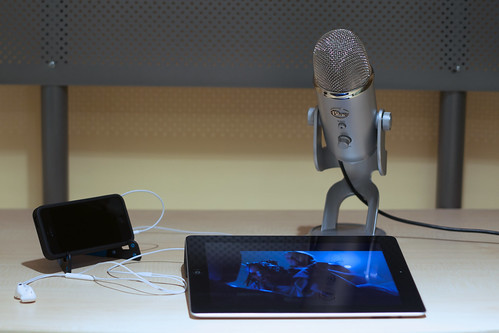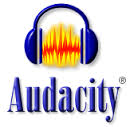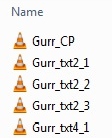Record an audio version of the text.
There are different ways of recording the text.
Power Point – audio can be recorded onto each slide directly into your computer, using the record button on the Powerpoint. Plugging a microphone in to your computer can add a better quality sound.
A digital recorder usually records very good sound, or you can use a voice recorder on your phone or tablet.
A Few Tips for Recording the text:
- Choose the quietest place (avoid background noise)
- Have the reader practise reading a few times before you record.
- Expression, clear pronunciation and pauses are important – you want the audio sound as natural and clear as possible.
- Reading the text in one go usually gives a more natural flow to the story than doing it several times over a longer period. It is usually quite easy to edit from the digital recording .
- If the reader makes a mistake, you can simply re-record a single page and edit it in later
- It’s good to have an introduction, where the reader says their name and something about the story they’re reading.
Additional information about creating a high-quality voice recording can be found here.
Edit and Save the recording
Record the text and then download and save in the Audio folder for your e-book. Make sure you give it a useful name
 The free audio editor Audacity can be used to edit files, eg cutting a long text into smaller files to suit your e-book (separate files for each page for example), or to edit out any sound not required (such as false starts or laughter or background noise).
The free audio editor Audacity can be used to edit files, eg cutting a long text into smaller files to suit your e-book (separate files for each page for example), or to edit out any sound not required (such as false starts or laughter or background noise).
When you edit the files, make sure you give them useful names (eg to match the pages of text) so you can find the right file easily and match it to the text and images.
This example shows the audio from each page which has been divided into several parts.
Gurr_CP is the audio for the Cover Page, i.e. the title of the book.
Gurr_txt2_1 is the audio of the first part of the text found on page 2. In this example the audio for page 2 has been divided into 3 parts to suit the layout of the e-book.

